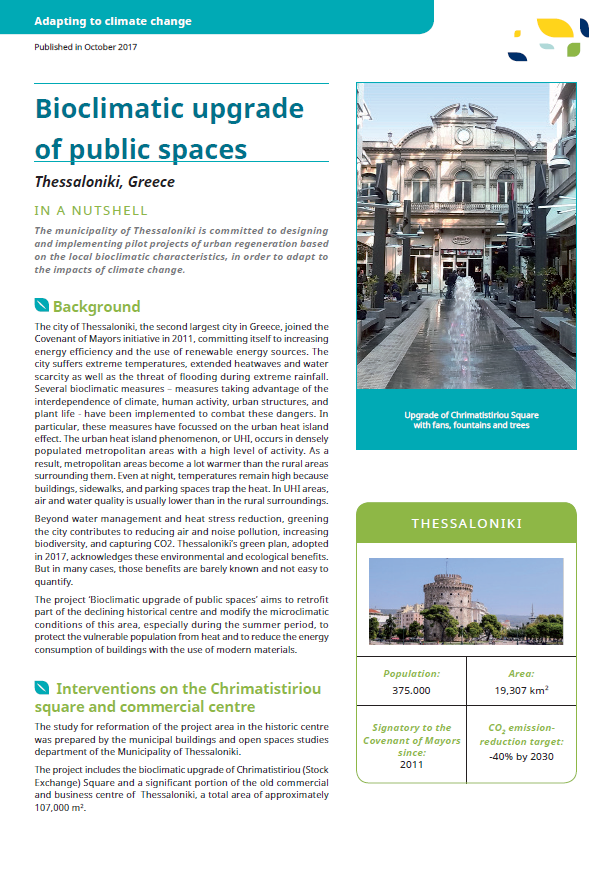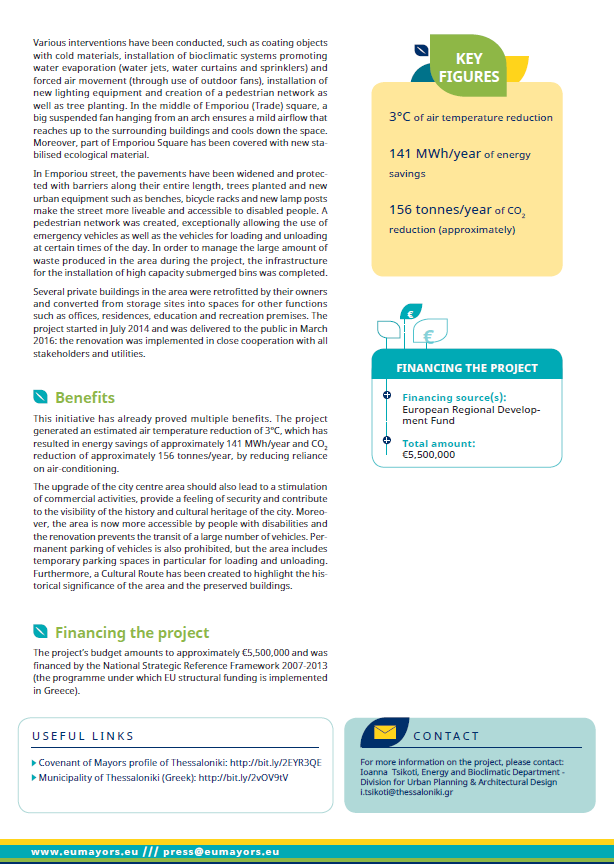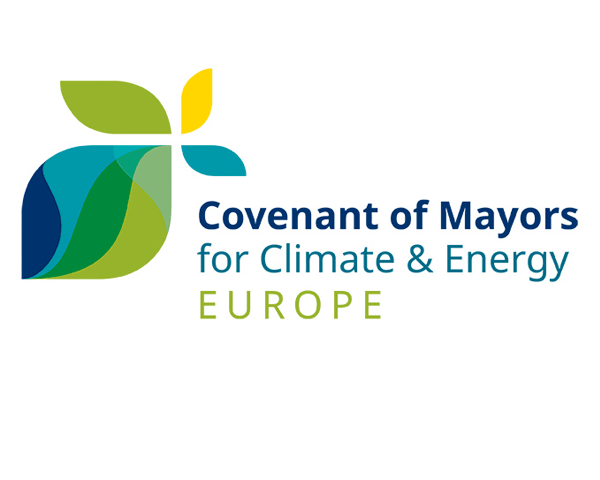Size and population development
The city of Thessaloniki's 2011 population was recorded at 325,182. The city covers a surface area of 19.307 km2, while the metropolitan area sprawls over a total of 1,285.61 km2. The population density of Thessaloniki was recorded at 7,100 residents per km2. Thessaloniki has a large student population, Aristotle University is the largest in Greece and the Balkans and for this reason alone, it is expected that the city will continue to see the steady population growth that has been observed throughout its history. Source: Hellenic Statistical Authority
Population composition
Throughout its history, Thessaloniki has been home to many different ethnic groups, including Jewish, Muslim, Greek, Bulgarians, Roma, Armenian and other minor groups.
Main functions
Thessaloniki, formerly Salonika, historically Thessalonica was founded in 316 BCE and named for a half-sister of Alexander the Great. It is the capital of the geographic region of Macedonia, the administrative region of Central Macedonia and the Decentralized Administration of Macedonia and Thrace. Thessaloniki is built on the foothills and slopes of Mount Khortiatis (201 metres), overlooking the delta plains of the Gallikos and Vardar rivers. Its proximity to imposing mountain ranges, hills and fault lines, have historically made the city prone to geological changes.
Main industries / business
Thessaloniki is Greece's second major economic, industrial, commercial and political center; it is a major transportation hub for Greece and southeastern Europe, notably through the Port of Thessaloniki. The city is renowned for its vibrant cultural life including, 30 museums, 15 UNESCO monuments, the annual Thessaloniki International Fair and the Thessaloniki International Film Festival.
Sources for city budget
The Central government is required to provide funds necessary to fulfill the mandate of local government agencies.
Political structure
Reorganised administratively in 2011, Greece is divided into seven decentralized administrations, the head of each of which is appointed by the central government. These units are further divided into 13 regions. At the next level of local government are the 74 regional units, the administrative and territorial constituents of parts of the regions. Finally, the most local of these administrative units are the 325 municipalities which are led by a mayor and city councilors
Administrative structure
A municipal council and town hall committee led by a mayor governs the municipalities. Depending on the size of the municipality, municipal councils are made up of anywhere from 11 to 41 council members representing "municipal departments" Council members are elected via public election every four years on the basis of a party system. Three-fifths of all seats go to the party winning a plurality of the vote and the remaining two-fifths of the seats go to other parties based on their share of the vote on a proportional basis. The municipal council elects the town hall committee for a term of two years.
Website
http://www.thessaloniki.gr



